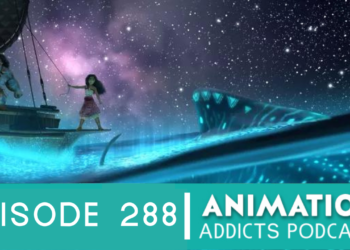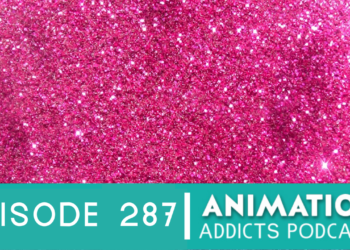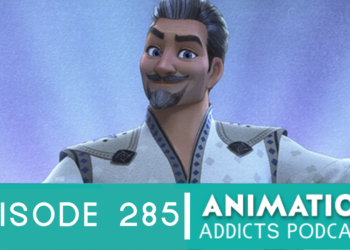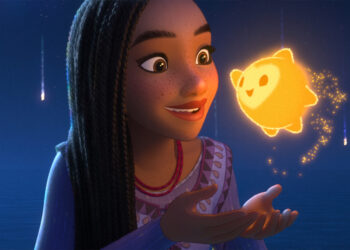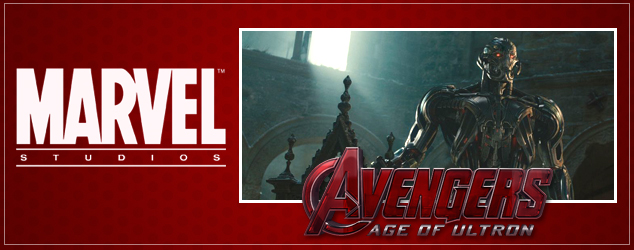 There must have been a breathless anticipation over the stakes in making this film. The first Avengers film had been a colossal success, and the follow-up was highly anticipated. But this movie doesn’t start cold with the characters, having not seen them for years. We saw Cap and Black Widow in Winter Soldier. We saw Stark, Rhodes, and even Banner in a cameo in Iron Man 3. Thor’s drama was progressed, albeit minimally in Thor: The Dark World.
There must have been a breathless anticipation over the stakes in making this film. The first Avengers film had been a colossal success, and the follow-up was highly anticipated. But this movie doesn’t start cold with the characters, having not seen them for years. We saw Cap and Black Widow in Winter Soldier. We saw Stark, Rhodes, and even Banner in a cameo in Iron Man 3. Thor’s drama was progressed, albeit minimally in Thor: The Dark World.
But that’s just for those of us who had been following the series. Marvel played this film safe in so many ways, bringing back Joss Whedon, and making sure references to the intervening episodes were kept to a minimum. They’re still holding their audiences hand here, and offering big handfuls of cotton candy to help us get through the scary parts that might bear too much resemblance to one of those nerdy, brightly colored comic book things (ew!).
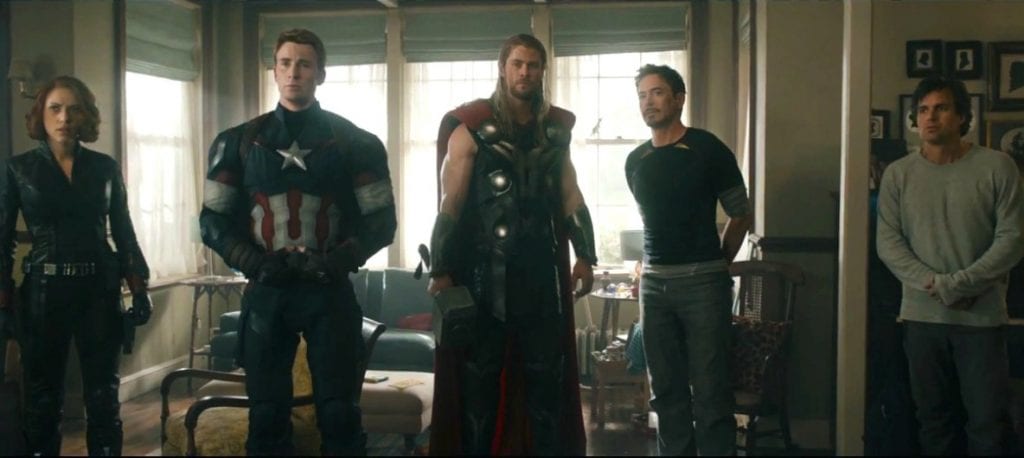
As for Tony Stark, safety is their number one goal here, and that’s the source of most of the criticism. Few could say they hated it, but a sense of exhilaration on leaving the theater seemed to be missing.
On the other hand, we have what might be the most underrated villain in the franchise–Ultron. This AI-made-flesh emerging from Avengers tower is a manifestation of all the orderly and protective impulses the Avengers embody as a group. He represents an impulse in the human condition that’s relatable, ties into the motivations of our heroes, and is all the more unnerving and threatening for it.
Like Ultron, the Avengers are trying to help. Like Ultron, they cross borders and boundaries with impunity (when they acknowledge them at all). Like Ultron, they rely on the omnipotence of their technological prowess combined with Infinity stones and other gifts from the cosmos to right wrongs and bring order to chaos. Above all, like Ultron, they believe they’re doing the right thing.
Not surprisingly, Tony Stark is the weak link that allows Ultron to exist. In The Avengers, Stark looked into the abyss and the abyss stared back. Since then, visions of his friends lying dead have induced nightmares and even panic attacks. He knows something terrible is coming, and has become obsessed with preventing it.
Banner makes a brave effort to do what he does best, speaking from a subject he knows intimately–the danger of excessive, unchecked power. But Stark is so convinced that his friend is speaking from a place of fear that he can’t see his own disastrous fear-based decision making.
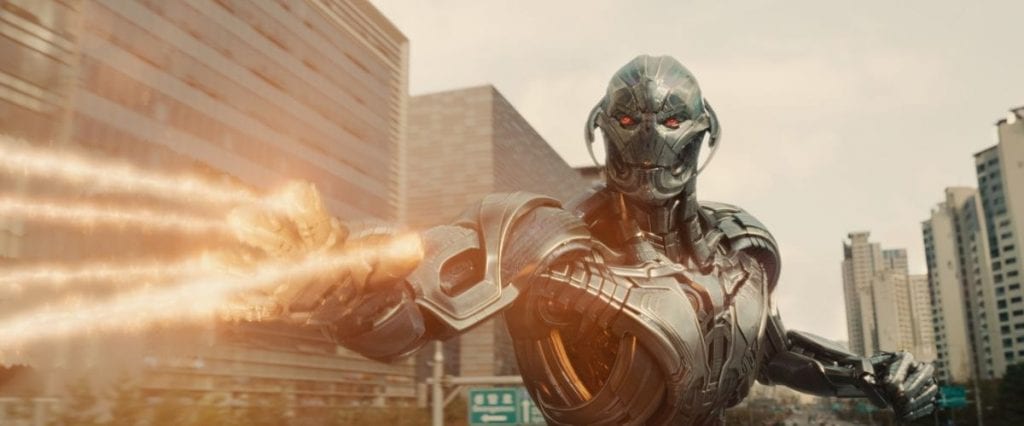
Ultron is imbued with Tony’s fears. But Ultron takes it a step further. Not only does he see the danger from outside planet earth, he sees it from within. And he’s not wrong about that. After all, what’s a few blocks of Manhattan destroyed by aliens compared to the long train of horrors in human history?
But this nihilism is countered beautifully with the emergence of new characters. The twins, Scarlet Witch and Quicksilver, initially Ultron’s pawns, are broken people scooped up by Hydra and crafted into superhuman weapons of mass destruction. What keeps them human and grounded is their love for each other. Whether being manipulated by Hydra or Ultron, their intentions are good, and they genuinely see The Avengers as a threat to the human race. Ultron’s existence is proof that this belief isn’t without justification.
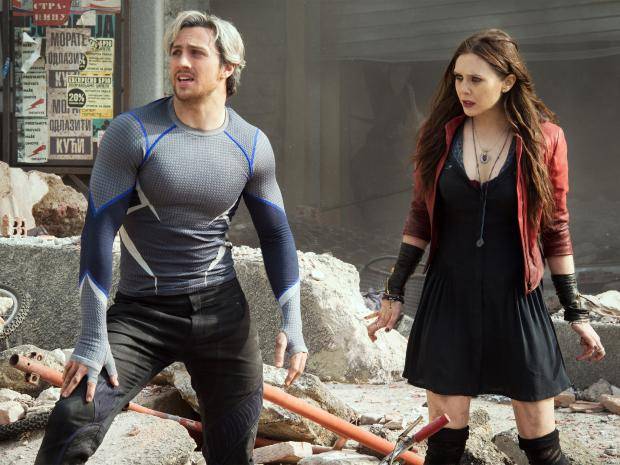
When the twins bring the team down in the middle act, the Avengers retreat for home: Hawkeye’s home to be exact. Here, Age of Ultron does what Marvel has always done best–anchor the fantastic powers of heroes with their personal and domestic realities. We meet Hawkeye’s adorable wife and kids in a large, thoroughly lived-in farm house. And here, the heroes are confronted with the world they’re defending, right where the rubber meets the road.
All of them, particularly Banner and Romanov, look that domestic bliss in the face and acknowledge that they may not be able to defend this world and be comfortable inahbitants of it at the same time. Heroes, like all of us, have to try to inhabit both the realms of order and chaos at once, dwelling in the tension between both the great good and the great evil we’re capable of.
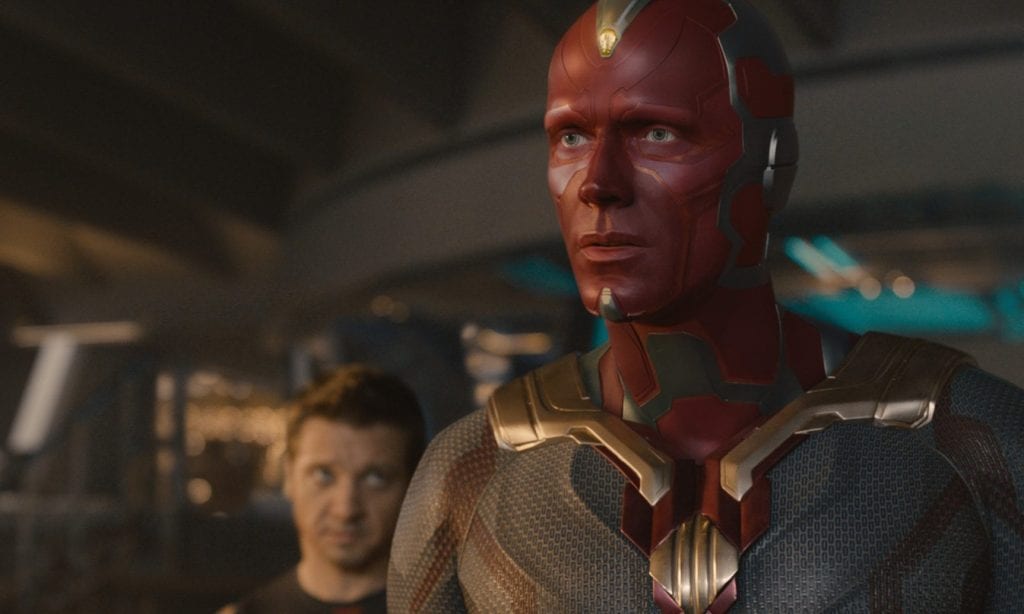
Finally, emerging from the Avengers is Vision. He’s so aptly named. Working together, Banner and Stark had to counter Stark’s worst with his best: the hero who’s there to serve with wisdom and restraint. Evolving from the AI Jarvis, created to serve Stark’s whims and do his bidding, Vision is also graced with the power of an Infinity stone–blessed by the heavens, in a way. There’s something oddly angelic about the way he hovers over the view of Manhattan in the Avengers Tower penthouse. You sense an almost omniscient detachement in Paul Bettany’s performance, but no real danger. The power in this being is awesome, but benevolent–harmless.
How fitting, then, that in the final confrontation with the weakened husk of a defeated Ultron, the Avengers’ Vision–their best hope for doing the world good going forward–is there to offer an alternative to Ultron’s nihilistic story about the human race:
Yes, humanity is terrible. But there is also a grace in our existence, a divine spark of beauty exemplified by Hawkeye’s domestic bliss or Wanda’s tears for her fallen twin, which give us some hope that maybe we don’t deserve the annihilation that we otherwise seem to be spoiling for.
Captain America could be talking about all of us, not just The Avengers when he says “Ultron thinks we’re monsters; that we’re what’s wrong with the world. This isn’t just about beating him. It’s about whether he’s right.”
What do you think of Avengers: Age of Ultron? Does it live up to its predecessor or maybe even improves upon it? Let us know in the comments below


